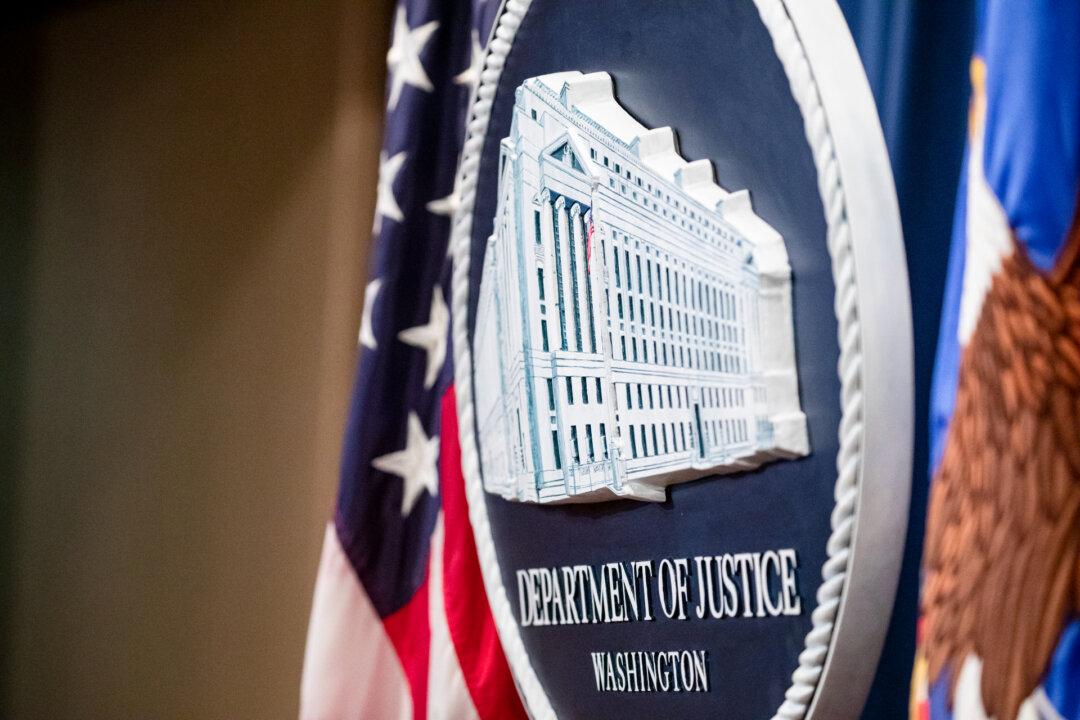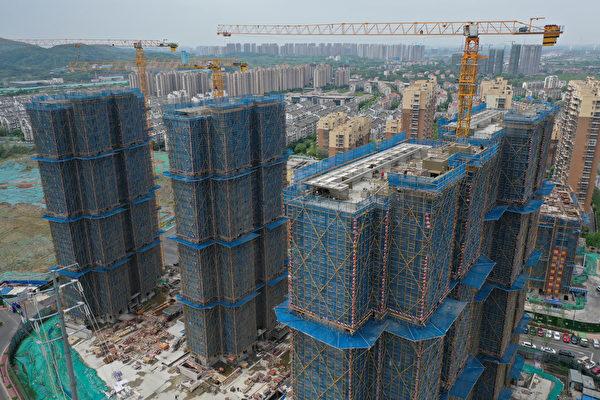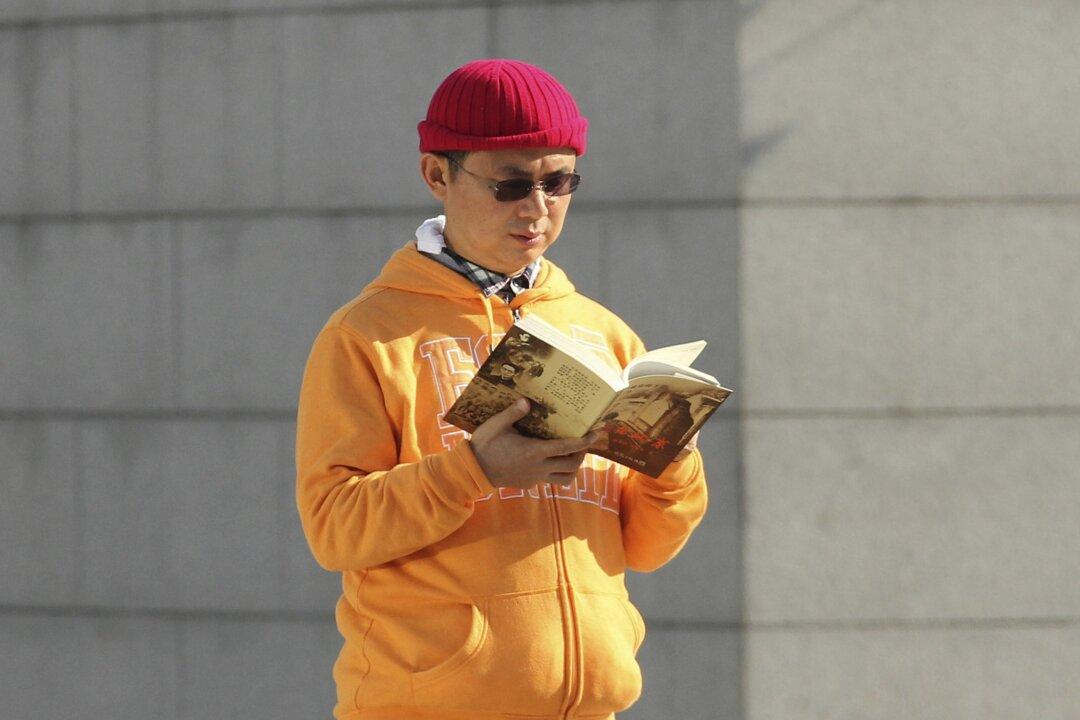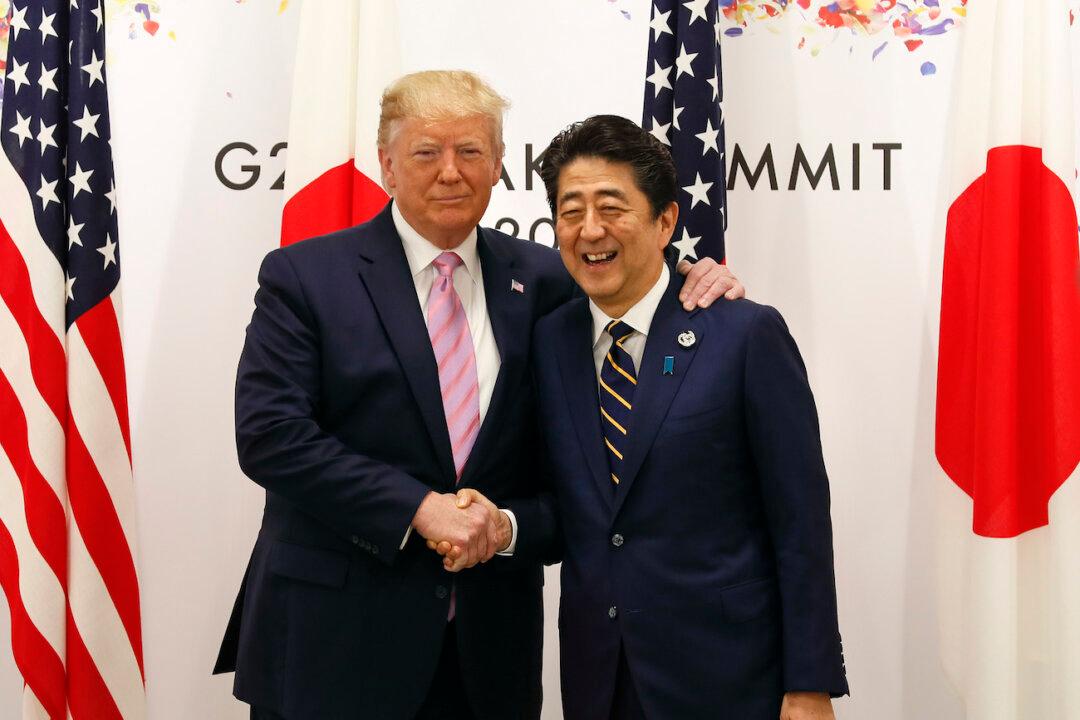Tragic Bus Accident in North Korea
On the evening of April 22, 2018, a bus carrying Chinese tourists plunged from a bridge in North Hwanghae Province, south of North Korea’s capital Pyongyang, killing 36 people, including 32 Chinese tourists and 4 North Koreans. Two Chinese tourists were critically injured.North Korean leader leader Kim Jong Un visited the Chinese Embassy in Pyongyang and expressed his condolences, and also visited the injured in the hospital.
In contrast to North Korea’s high-profile coverage, Chinese authorities did not provide a detailed account of the accident nor publicize the names of the victims at the time.
A leaked document from the municipal foreign affairs office of Cangzhou city, Hebei Province, dated Dec. 20, 2018, reveals how Chinese authorities handled the accident.
The report said office staff “immediately controlled public opinion” on the morning of April 24, 2018 shortly after the news broke out. The victims’ family members were urged not to accept foreign media interviews to “avoid hyping up” the situation. A special work group was created to handle the incident and to keep it under control. The office staff accompanied the family members to Shenyang city, Liaoning Province to identify the bodies of the deceased that were transported from North Korea on April 26. During the trip, the work group tried to keep them calm.
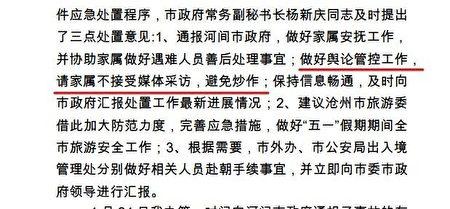
According to the document, family members wanted a proper burial service for their deceased relative in their hometowns. However, the work group “persuaded” them not to do so. The deceased were cremated in Shenyang and the families brought the ashes back home.
The report placed emphasis on the importance of “securing overall political stability,” given that the tragedy occurred during “the current critical stage of China-North Korea ties.”
Less than two weeks after the accident, Chinese leader Xi Jinping met with Kim Jong Un in Dalian city, Liaoning Province on May 8, 2018.
U.S.-based China affairs commentator Li Linyi told The Epoch Times that there were political motives in downplaying the accident. He said the CCP wanted to appease Kim and maintain close ties with its communist ally. At the time, Li noted, Beijing had been under pressure from the trade war with the United States that began in March 2018, when the latter imposed punitive tariffs on billions worth of Chinese imports.
South Korean Kidnapping Case
A document from the municipal foreign affairs office of Hengshui city, Hebei Province, dated Nov. 20, 2017, described how local authorities handled a kidnapping case that involved South Korean nationals.On July 11, 2017, three South Korean citizens, surnamed Jeong, Lee, and Kim, were arrested for allegedly kidnapping a fellow South Korean surnamed Kim, after the latter failed to repay 4.5 million yuan (about $687,000) that he had borrowed from Jeong.
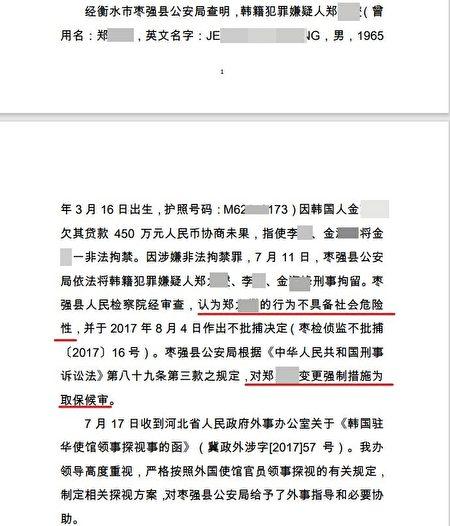
Six days later, the case was dropped after the local foreign affairs office received a request for a visit from South Korean consular officials.
According to the document, local authorities stated that Jeong was “not socially dangerous” and they released him on Aug. 4 that year, “pending a trial.”
The move angered the CCP, which alleged that the United States could use the THAAD system to spy into Chinese airspace. The Chinese regime soon initiated economic retaliation against South Korea, boycotting goods and halting Chinese tourists from visiting the country. But after South Korea agreed not to expand its THAAD system, relations between the two countries began to improve and Beijing dropped the sanctions. On July 6, 2017, Chinese leader Xi and South Korean President Moon Jae-in met for the first time at the G-20 meeting in Hamburg, Germany. The South Korean nationals were detained around the same time.
For the CCP, political interests are greater than human rights and rule of law. This is the CCP’s consistent principle in handling foreign affairs, Li said.


